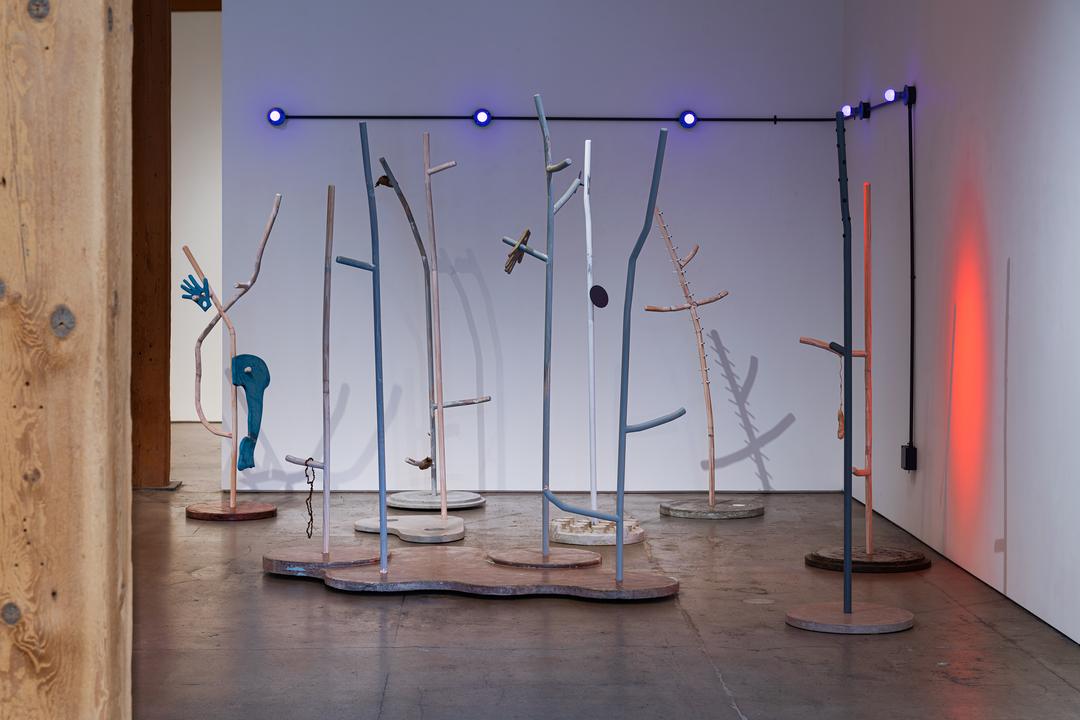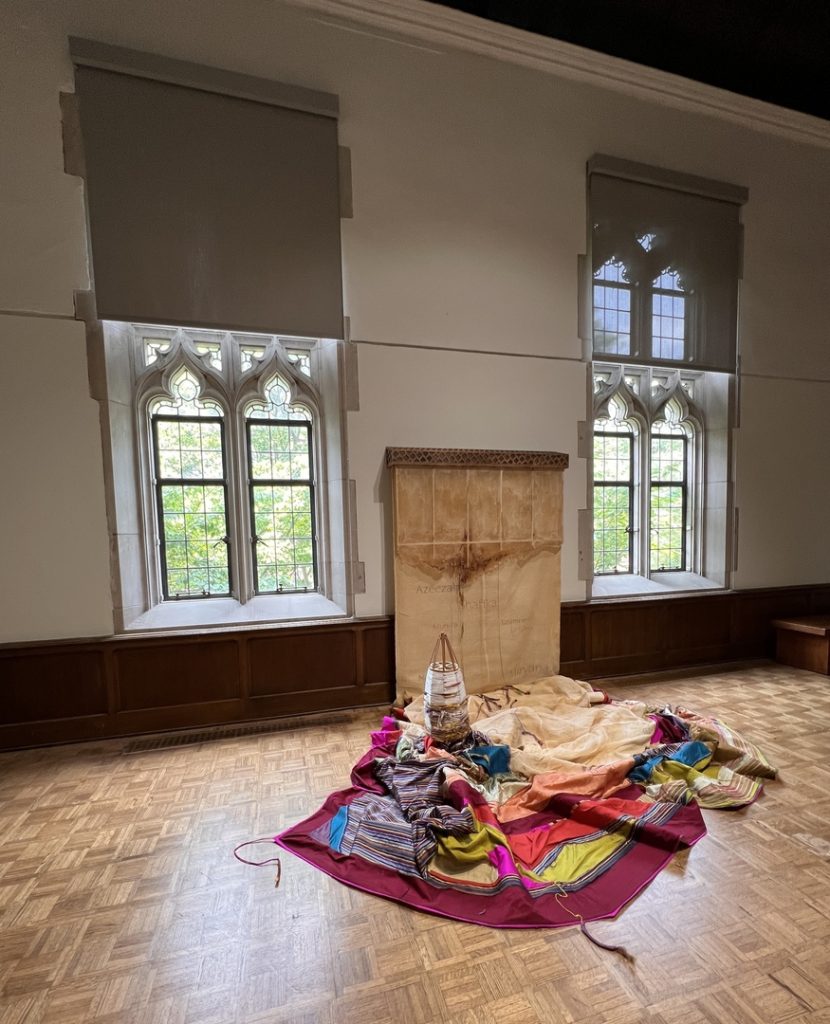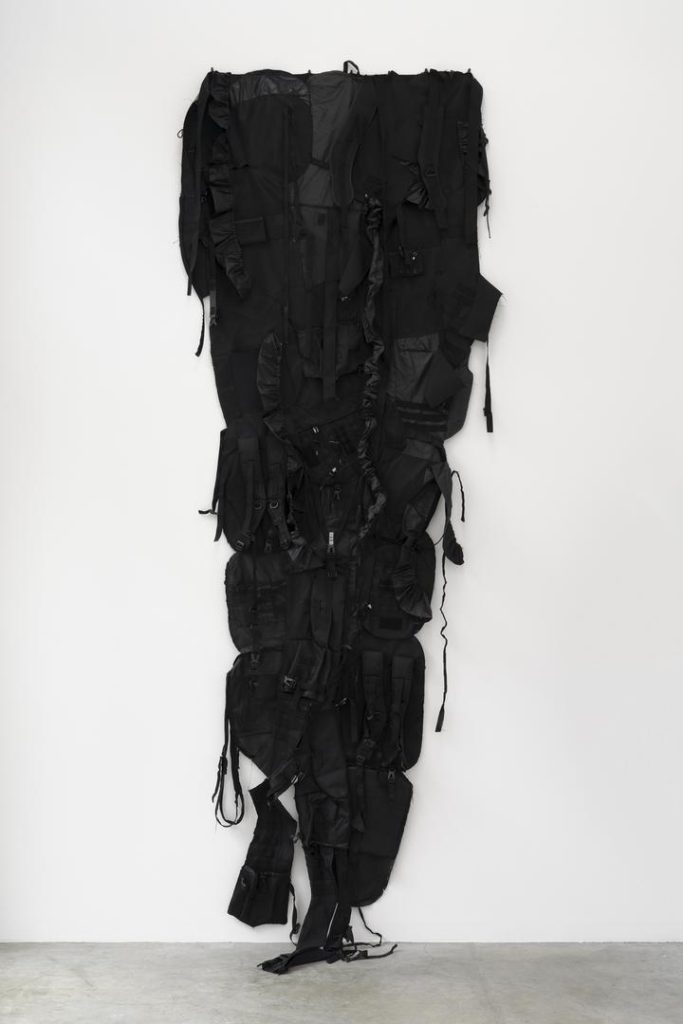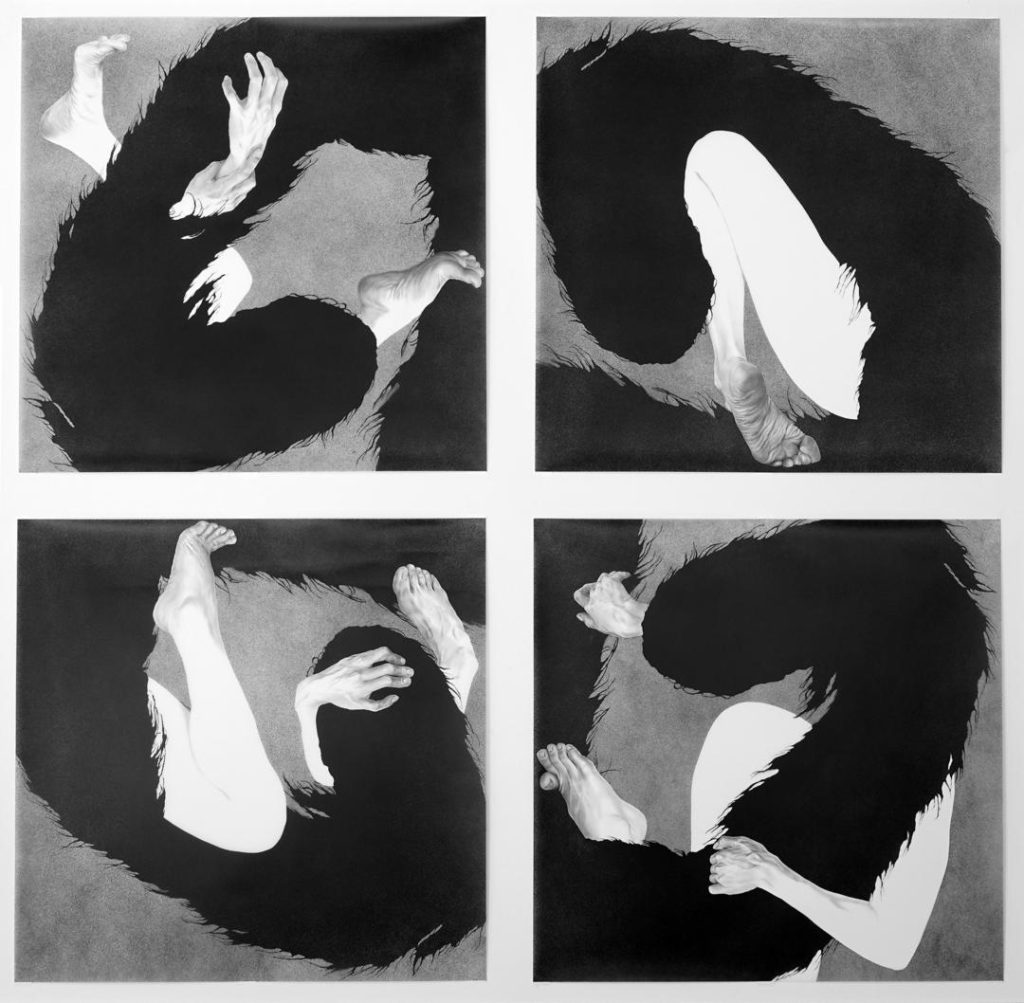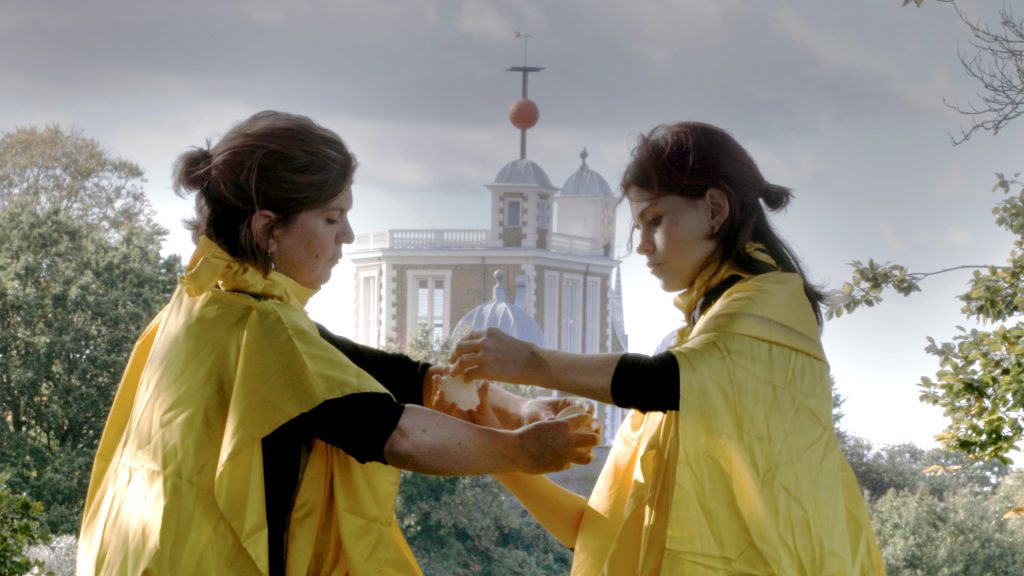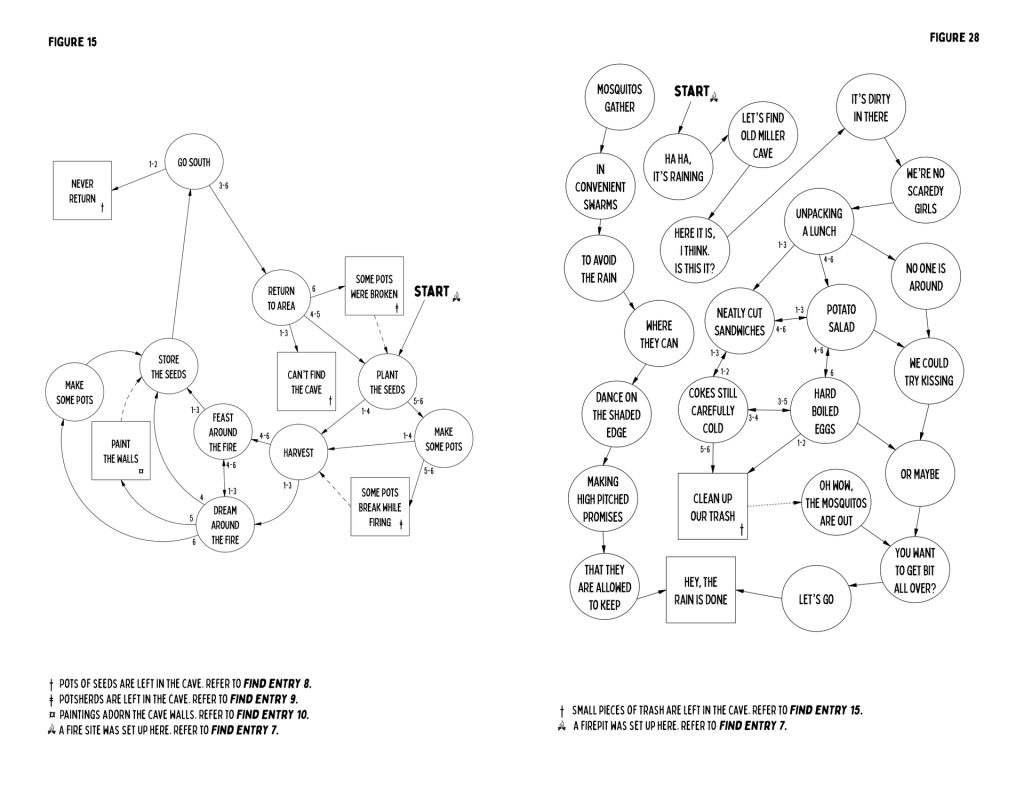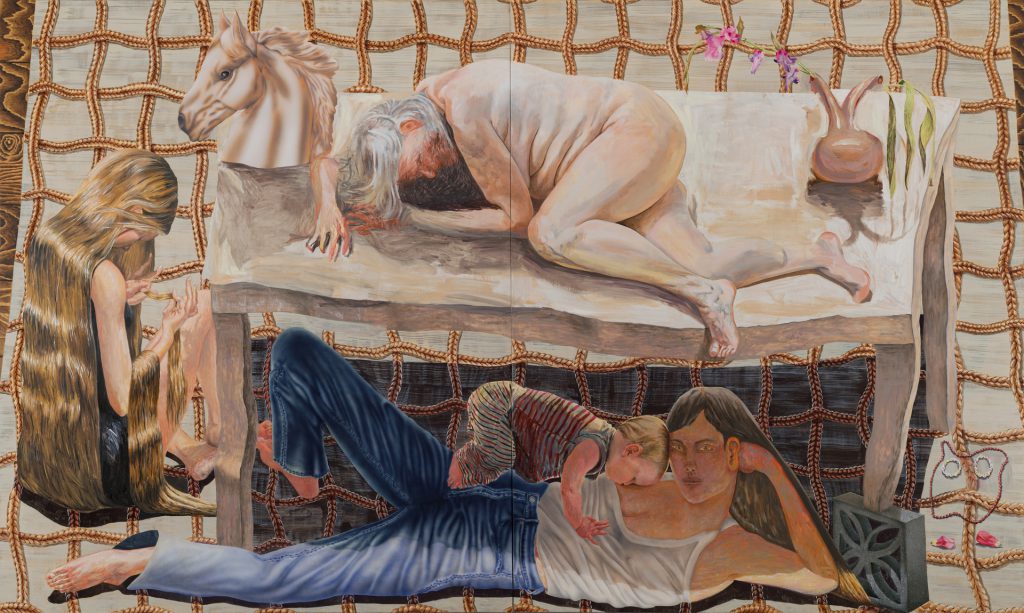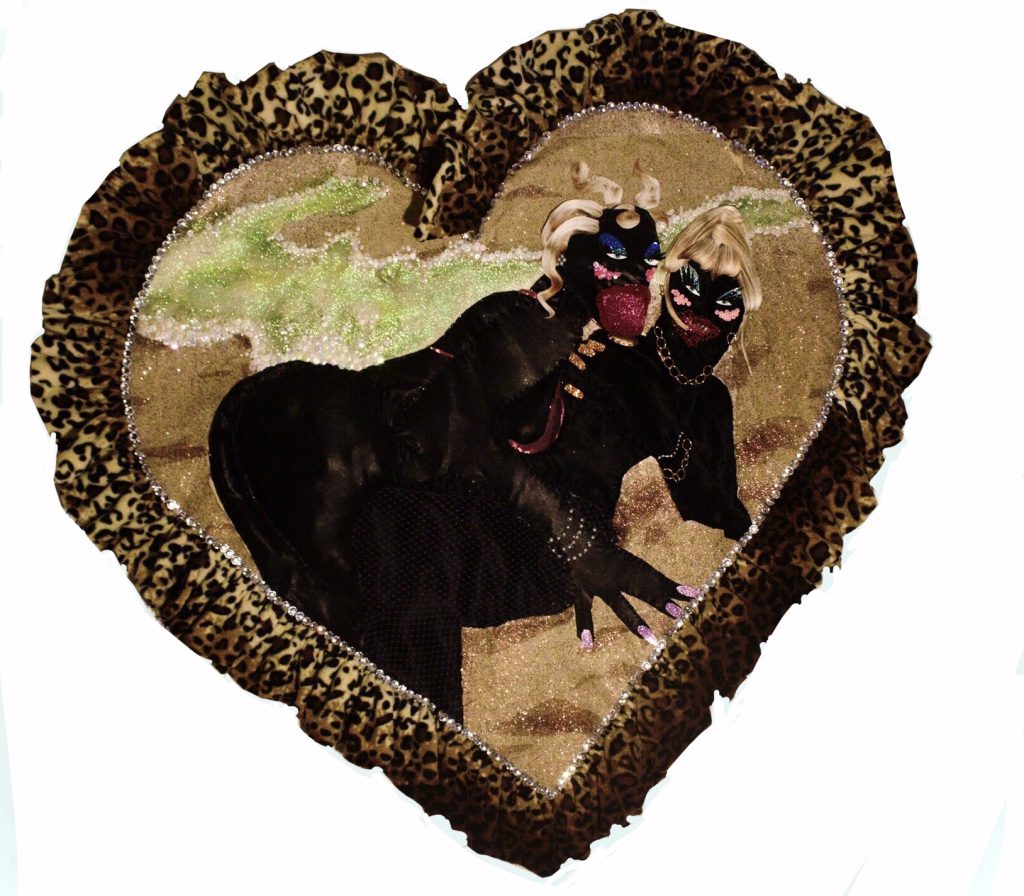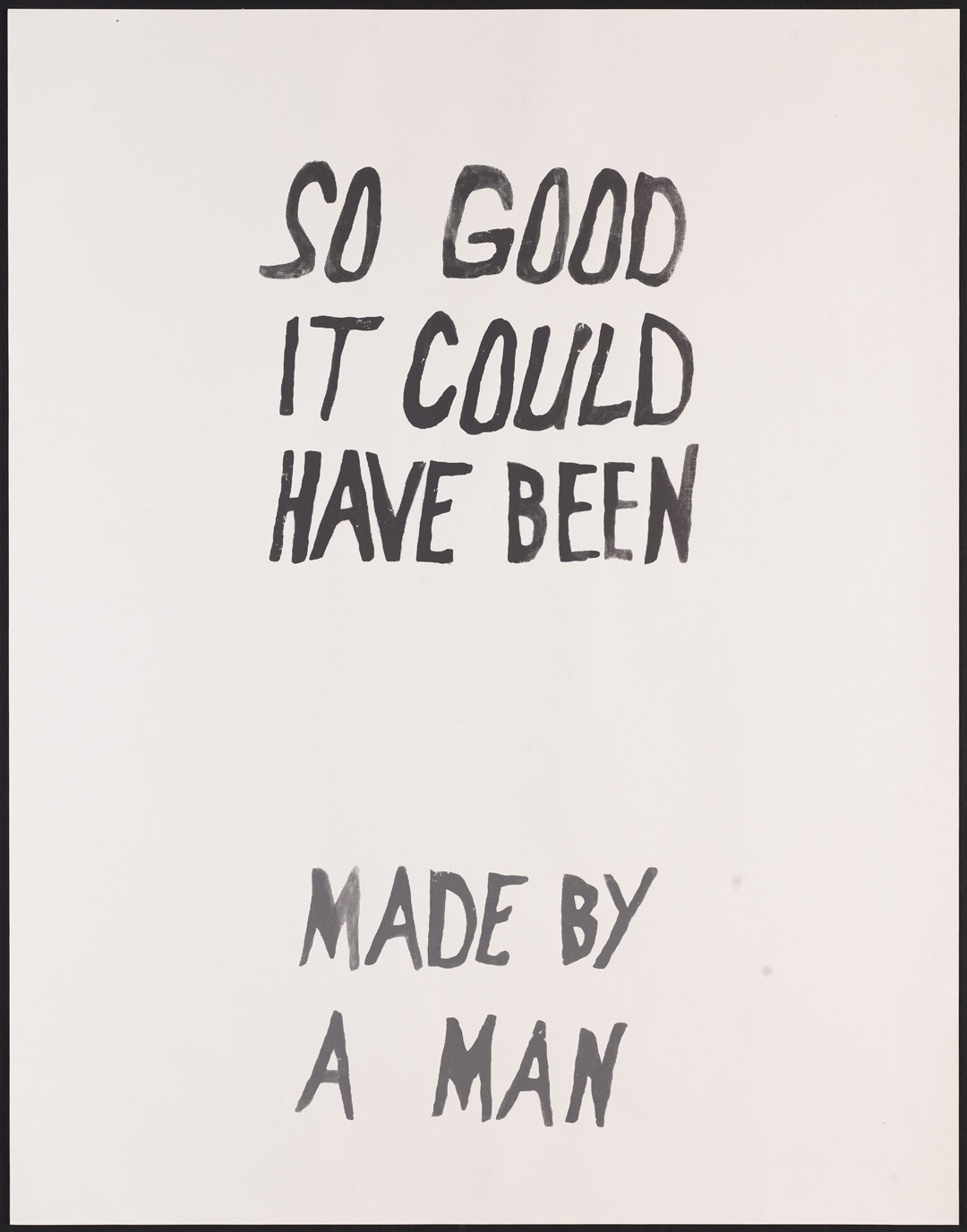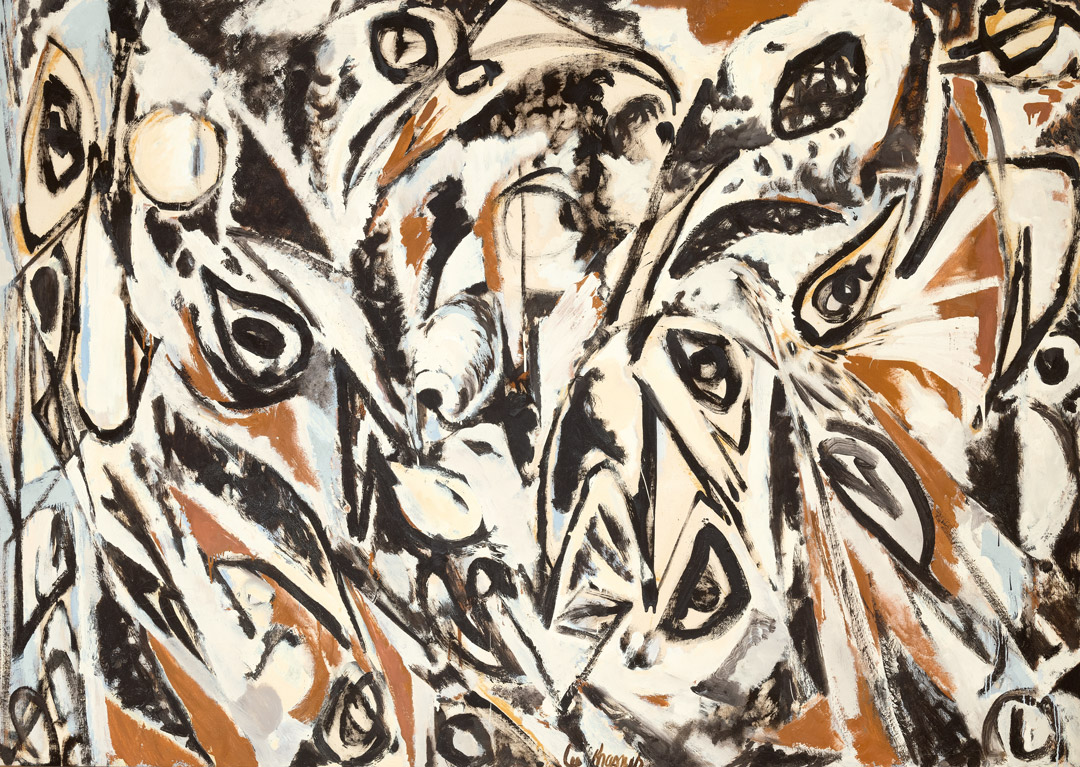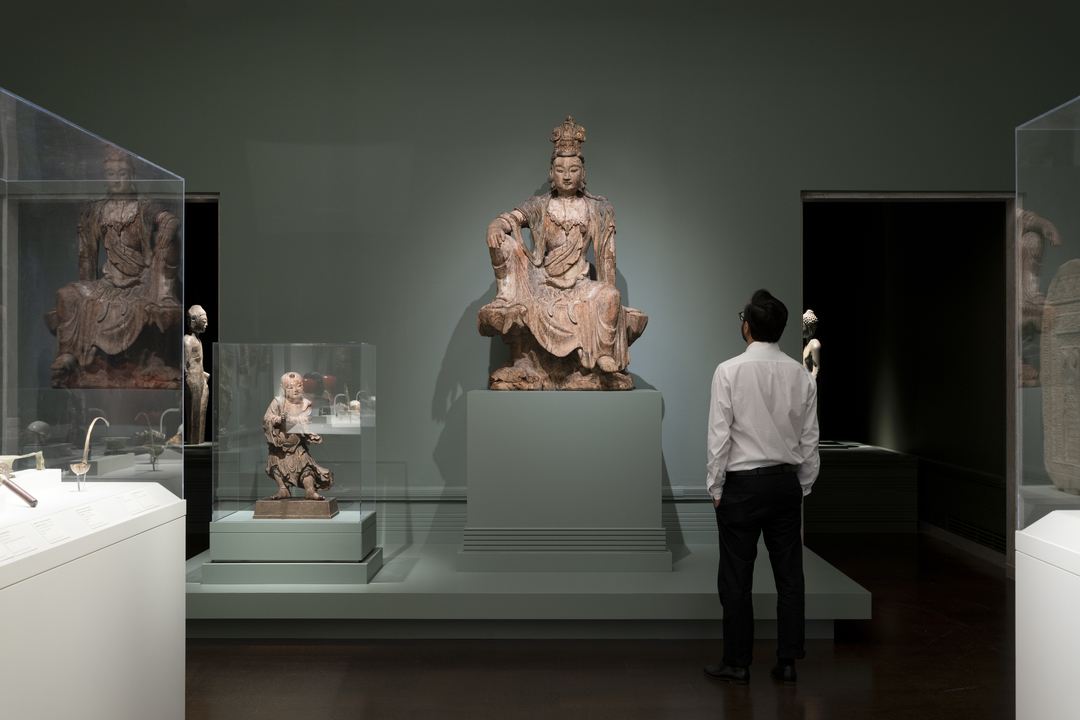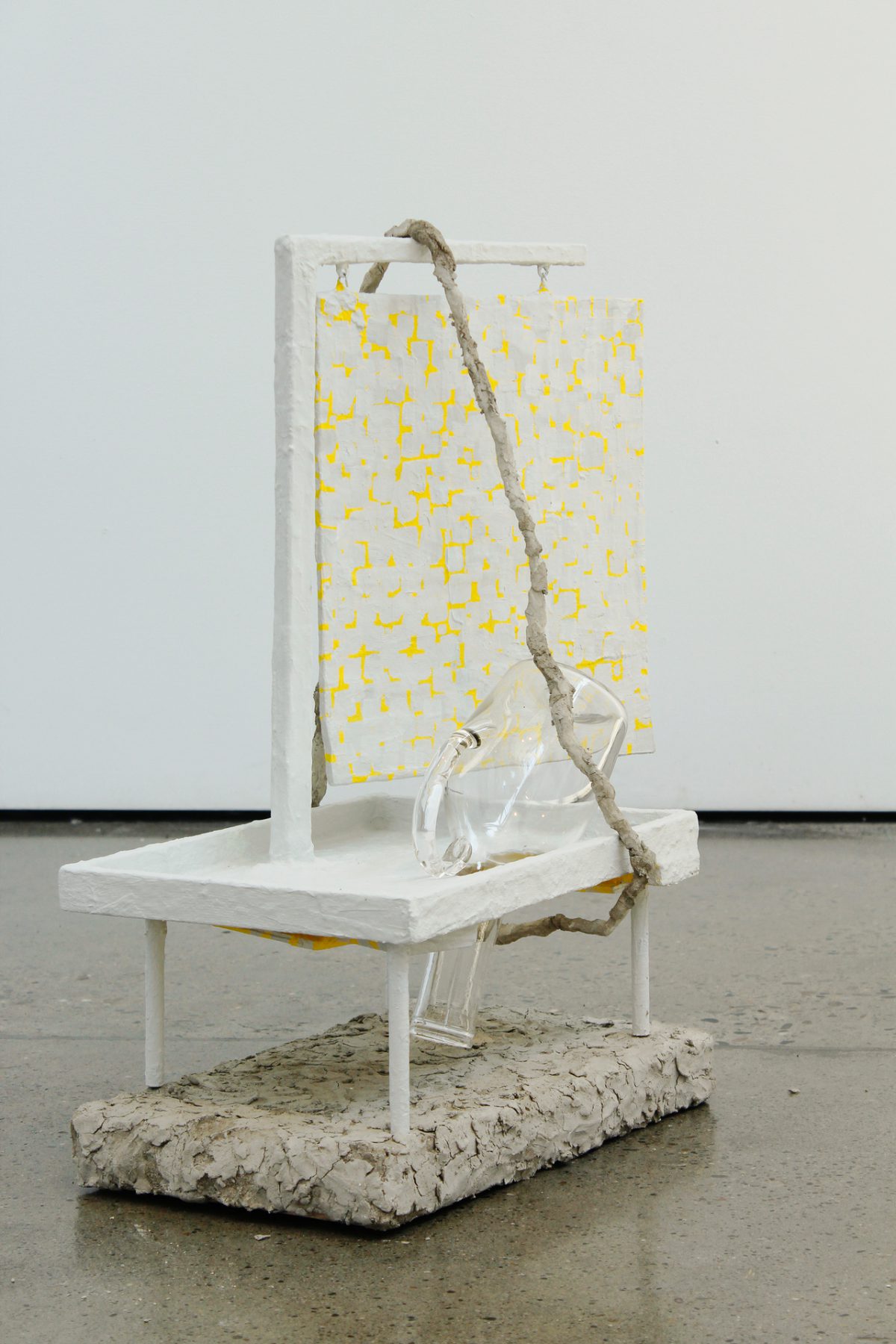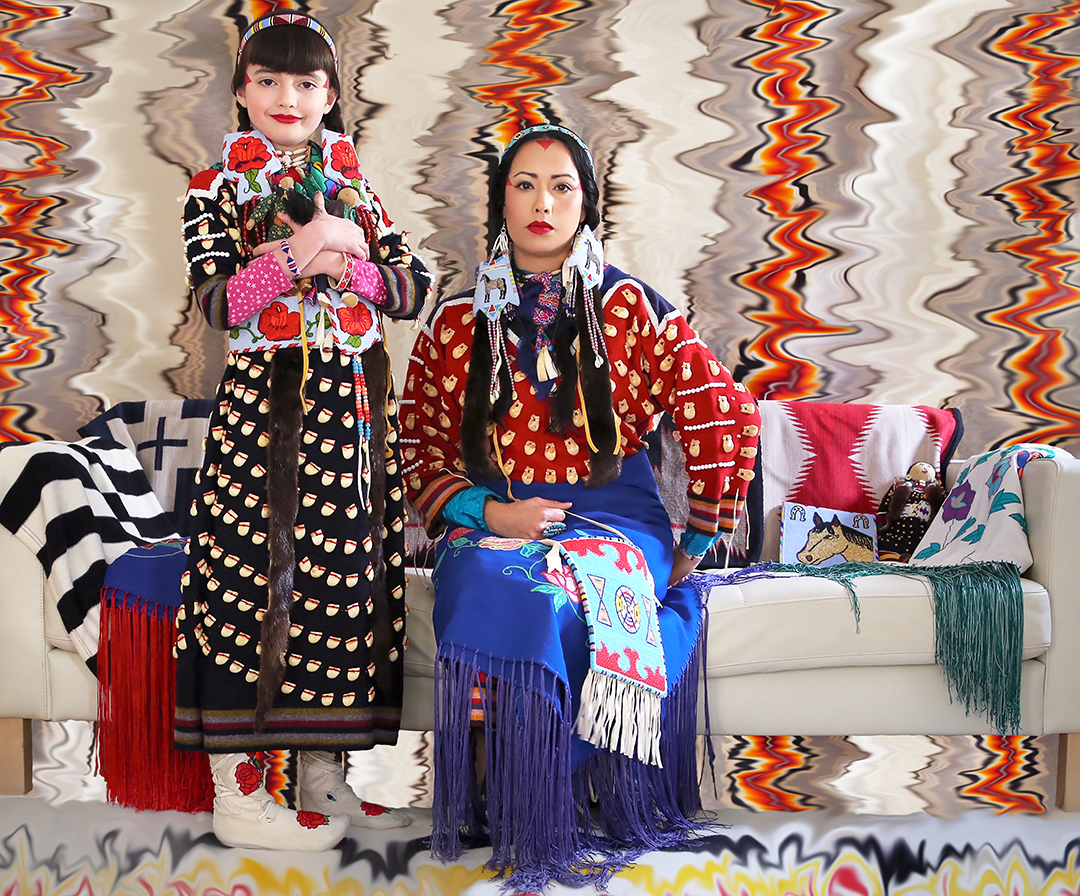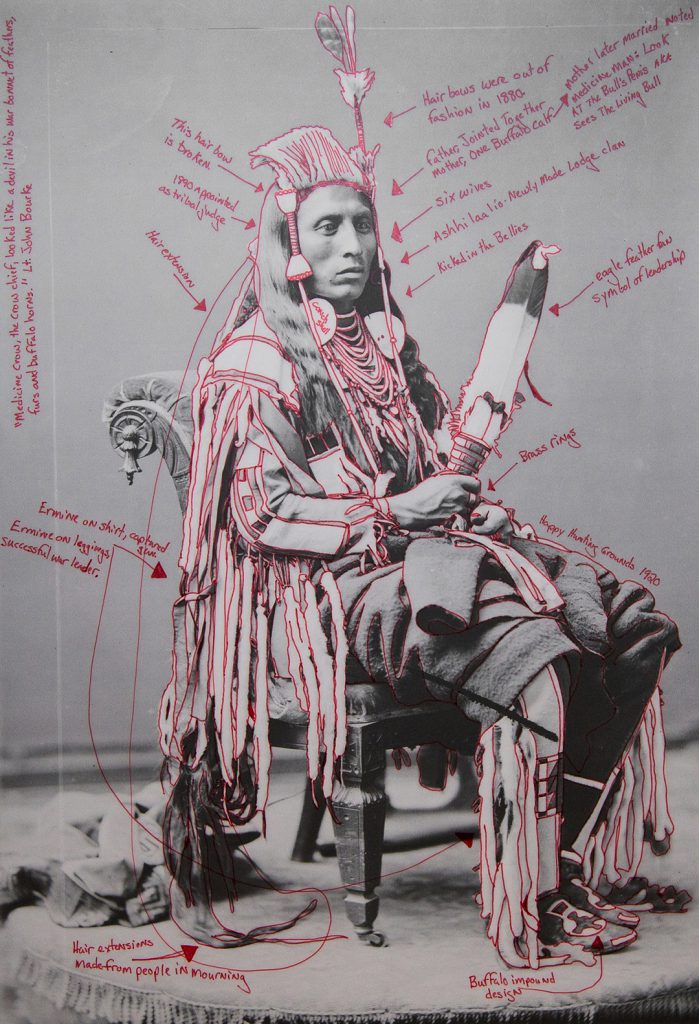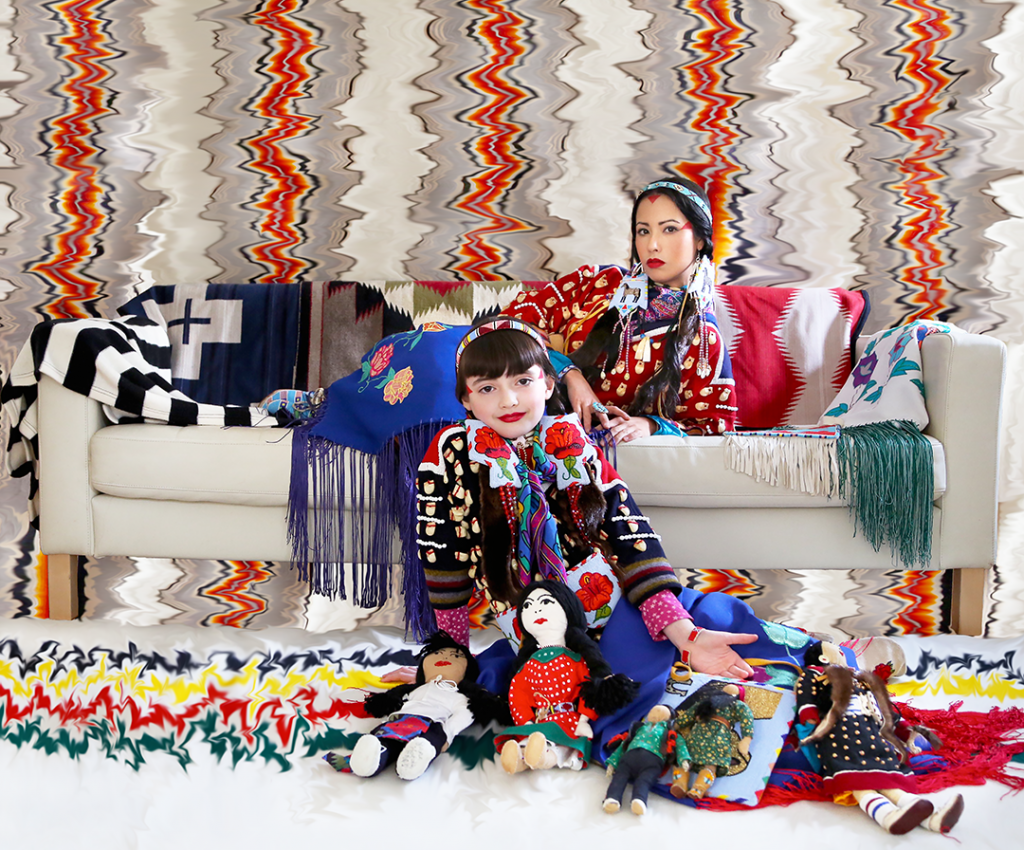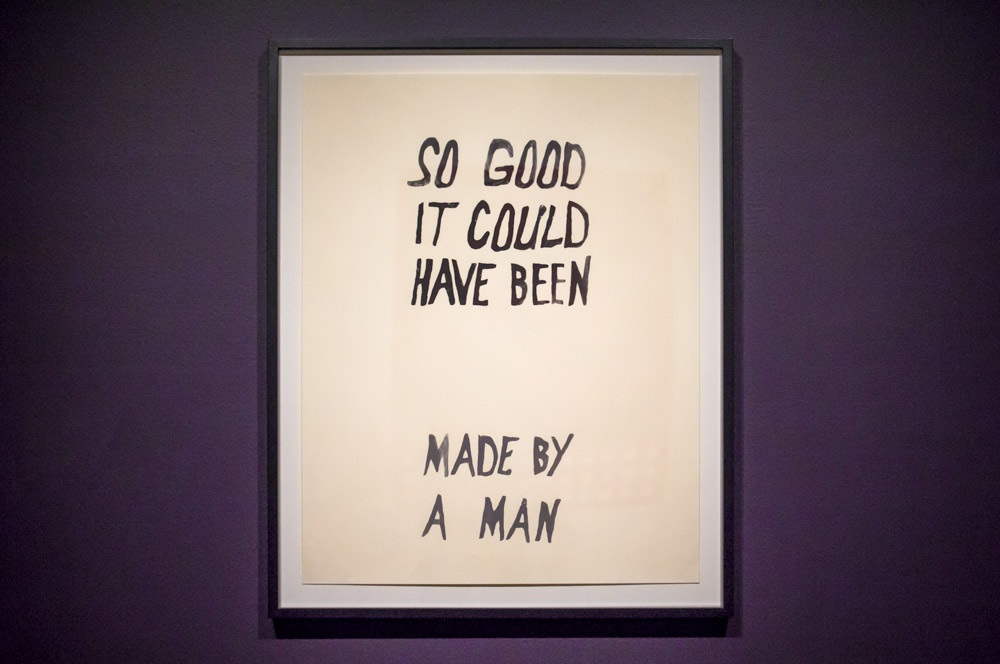Meet the 2023 Betty Bowen Award Finalists
Every year, SAM and the Betty Bowen Committee, chaired by Gary Glant, give the Betty Bowen Award, a juried award that comes with an unrestricted cash award of $15,000 and a solo exhibition at SAM. The award was founded in 1977 to continue the legacy of local arts advocate and supporter Betty Bowen and honors a Northwest artist (from Washington, Oregon, or Idaho) for their original, exceptional, and compelling work. In addition, two Special Recognition Awards in the amount of $2,500 and three Special Commendation Awards in the amount of $1,250 will be awarded by the Betty Bowen Committee.
Recent winners include Elizabeth Malaska (2022; her solo show All Be Your Mirror is on view November 17, 2023–June 16, 2024), Anthony White (2021), and Dawn Cerny (2020). On view in SAM’s galleries right now are works by past winners Natalie Ball (2018), Jack Daws (2015), and Marie Watt (2005). The connections between SAM and these exceptional artists from our region continue over the years.
Today, we are announcing the six finalists of the 2023 award who were selected from a pool of 414 applicants. Stay tuned for the announcement of the winner on October 23!
Derek Franklin – Portland, Oregon
Derek Franklin is an artist, curator, and artistic director who utilizes painting and sculpture to investigate the ways in which one responds to violence inextricably woven into societal structures. Drawing from constructivist theatre design, Franklin conceptualizes the home as a kind of stage and centers his inquiry on the objects that bear witness to daily domestic rituals, such as eating or drinking. Activated by the audience’s presence, Franklin’s work asks viewers to engage in communal experiences of sadness, awkwardness, and humor.
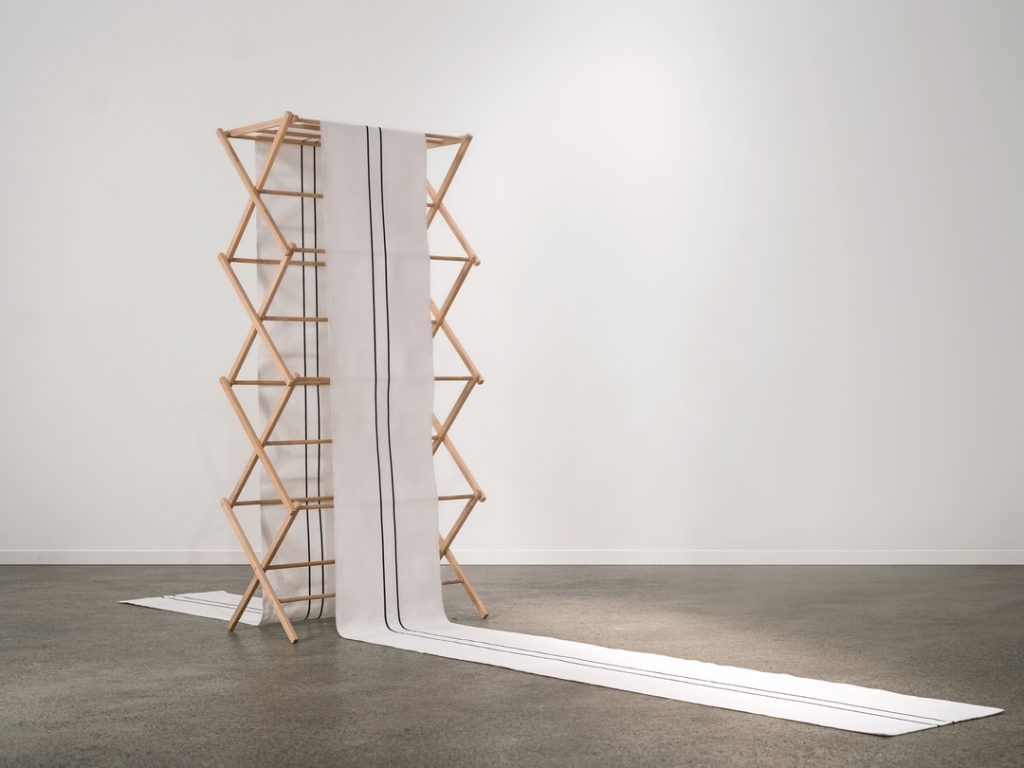
Lisa Liedgren Alexandersson – Seattle, Washington
Lisa Liedgren Alexandersson’s current project explores the intersections of artistic hierarchy, labor, and skill through the process of creating cotton and linen woven works. These materials evoke the history of painting through both material and the notion of the grid, a key point of investigation for their work. Adapting 1960’s Swedish kitchen towel weaving instructions into new artistic works, Liedgren Alexandersson prods the dual status of textiles as domestic, utilitarian objects, and as demonstrations of skillful aesthetic exploration.
Mary Ann Peters – Seattle, Washington
As a second generation Arab-American, Mary Ann Peters’s work constructs an outline for cultural inquiry that employs history, architecture, science, and heritage to respond to undermined diasporic narratives. Peters filters a personal exploration of these themes through the concept of audience perception and the ethical considerations of artistic discourse. Peters challenges the concept of an image being neutral, instead focusing on visuals that coalesce and redefine contemporary topics.
Ido (Lisa) Radon – Portland, Oregon
Ido Radon’s mixed media and multi-sensorial work is guided by long-term interests in the ideological and material structures and processes that produce reality under the conditions of advanced capitalism. Radon interrogates the use of various technologies to mediate the abstractions of capitalism and counter-histories of revolutionary impulses. The rise of the personal computer and community computing provide a historical and cultural grounding through which Radon incarnates feminist theory and critical discourses in complex aestheticized forms.
Samantha Wall – Portland, Oregon
Samantha Wall’s recent series, Beyond Bloodlines, pulls from Korean folklore and Euro-centric mythologies to expose the effects of alienation and exile within the diaspora. Delicately layered on Dura-lar, the symbolic form of the serpent woman represents the status of Otherness applied to women who deviate from narrow margins of social acceptance. Wall’s drawings navigate the artist’s identity as a Black Korean immigrant, and remodel pathways for Black American narratives of existence within the US.
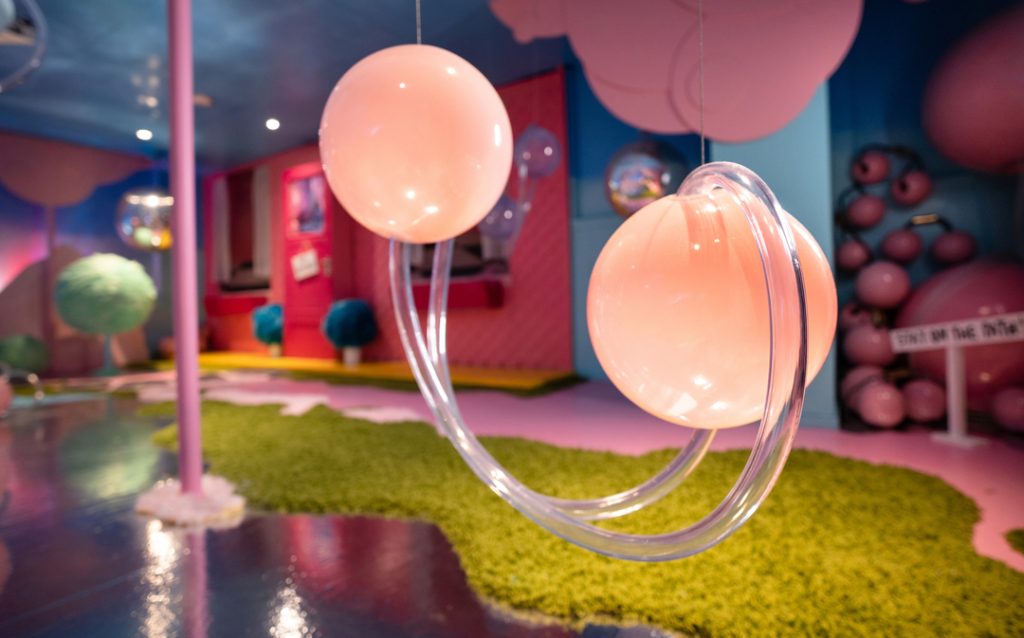
Tariqa Waters – Seattle, Washington
Tariqa Waters is a multimedia artist who invokes traditional pop aesthetics to mediate the co-opting of Black culture, and consumerism. Her immersive installations, video works, large-scale sculptures, and photographs utilize humor, satire, and spectacle to critique and defy expectations, incorporating intentional anachronisms that navigate ideas of femininity, gender, race, and beauty. By recalling memory, myth, and tall-tales, Waters lays bare the contradictions and dualities rooted in Americana aesthetics.
– Rachel Eggers, SAM Associate Director of Public Relations
Images: Installation view of Grief is On My Calendar Everyday at 2:00 PM, 2023, Derek Franklin, mixed media, 110 x 216 x 192 in. © Derek Franklin. B-cognition, 2023, Lisa Liedgren Alexandersson, linen, cotton, and wood, 63 x 30 x 240 in. Photo: Musse Barclay, © Lisa Liedgren Alexandersson. impossible monument (the threads that bind), 2023, Mary Ann Peters, silk, silk thread, silk waste, silk pods, glycerin, wood, and water, 84 x 60 x 144 in., © Mary Ann Peters. Sail or Temporary composition of a specter of a world, 2023, Ido Radon,, mixed media, 138 x 47 x 2 in. © Ido Radon. Becoming, 2023, Samantha Wall, conté crayon and ink on Dura-Lar, 80 x 80 in., © Samantha Wall. Pink Ball Barrette, 2022, Tariqa Waters, blown glass, 9 x 9 x 9 in. © Tariqa Waters.
